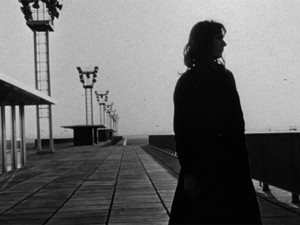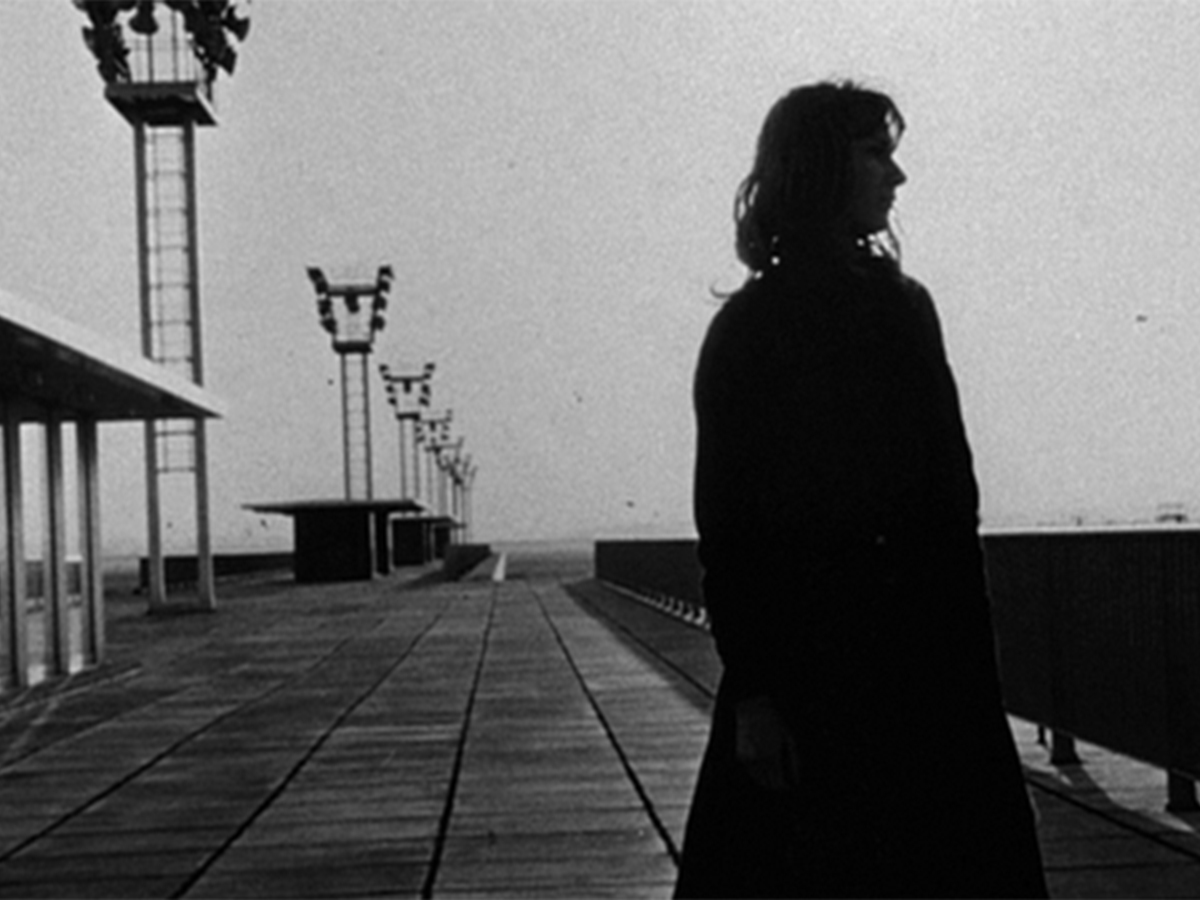
As a devoted film buff, the perennial question always arises: “What is the greatest film ever?” While this question is fundamentally unanswerable, it’s always fun to entertain and argue about, proclaiming a certain film far better than any other, or even decrying a standard legendary film. Often, it tends to be that recognizable films are thrown into the discussion: “The Godfather” or “Citizen Kane” or something along those lines.
However, I posit that Chris Marker’s 1962 masterpiece “La Jetee” is the greatest film ever made. Clocking in at 28 minutes long, the film is a radical exploration of time, obsession, love and the nature of the image.
Marker is a towering figure of 20th century cinema — his most famous film, “Sans Soleil” was part of the French New Wave which burgeoned in the 1960s, challenging conventional ideas about film and narrative. In challenging the norms of Hollywood cinema from the 1950s, which many (including Chris Marker) felt were bloated and cliched, these directors were able to conceive of a radically new film language, which would influence so many directors afterward, such as Steven Spielberg, Woody Allen and George Lucas.
“La Jetee” is a dystopia set after World War III has resulted in a nuclear holocaust, which leads to the survivors of the war retreating underground. The desolation of the war has led to a team of scientists who attempt to send men into the future to seek help. The central narrative revolves around an unnamed protagonist and his success as the time travel guinea pig. This movie is not only inventively brilliant narratively, as it is structurally. The entire film is made up of photographs — the only actual moving frame in the entire 28 minutes lasts about ten seconds. The photographs, taken by Marker himself, are all in black and white. Moreover, there is no dialogue either: The entire story is told through voice over narration over the photographic stills.
Moreover, Marker’s stills are eerie, unsettling and absolutely poignant. The images are all in black and white, and use grave contrasts between foreground figures and background figures. The entire emotional palette of film as a medium becomes concentrated into a single frame, and these stills are so evocative that they could probably be published separately as a work of photography.
Yet, what truly gives this film its stature is the soundtrack. Recorded by Trevor Duncan, the soundtrack is made up of three different elements: An orchestral score, the voice-over narration and background noises (airplanes screeching, barely audible German, a pulsing heartbeat). The soundtrack is more than just background music; it actually adds so much texture and beauty to the film. Without the soundtrack, “La Jetee” would practically be just a story told over a slide show (although it would still be pretty damn great). By using sound to actually create a palpable texture within a film, Marker revolutionized approaches to film music.
These different elements coalesce into an absolutely haunting and engrossing film experience. In the beginning of the story, the narrator explains the apocalyptic destruction of WWIII while the screen flashes with images of the city reduced to rubble. While these haunting images float by, the music reaches such an urgent intensity — a choir singing a hymn in Latin. The way the narration, photography and score create such an engaging scene is absolutely breathtaking.
While claiming any film as “the greatest” is critically equivalent to tilting at windmills, “La Jetee” nonetheless stands as one of the supreme achievements of film. There is not another piece of cinema as inventive, radical and unsettling as Marker’s masterpiece.








